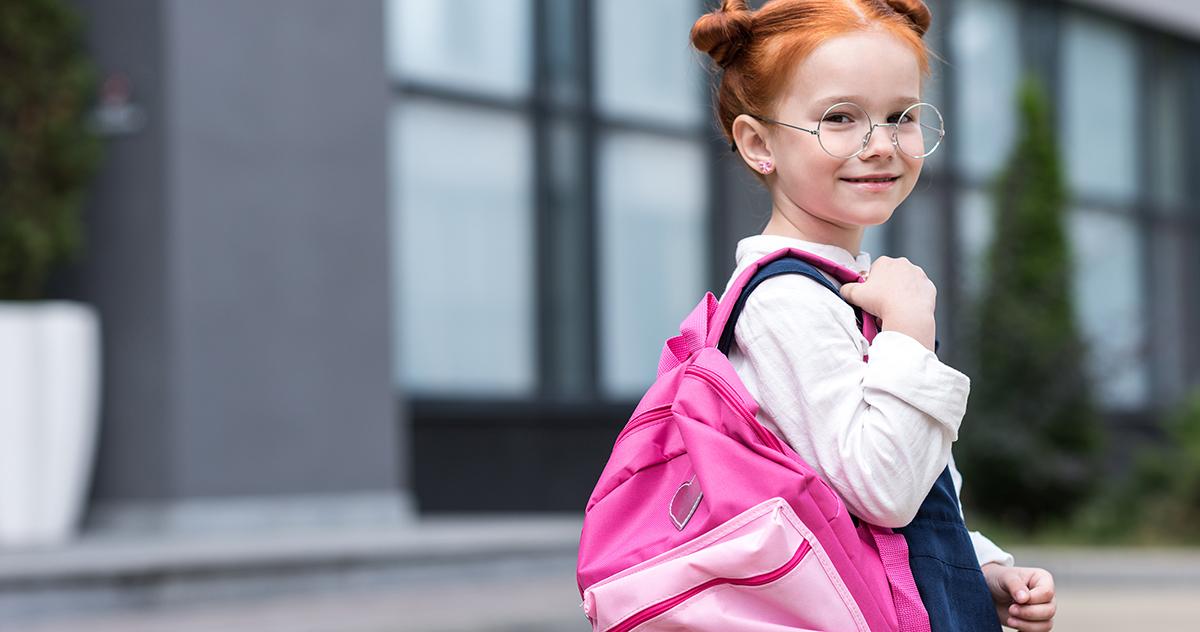From homework and tests to extra-curricular activities, students already shoulder plenty of weight during back-to-school time. Their backpacks should be the least of their worries, says Bend physical therapist Rob Hollander.
“Backpacks are so practical, but they’re also so easy to misuse,” said Hollander, co-owner of Alpine Physical Therapy in Bend. “If they’re too heavy or just worn incorrectly, backpacks can cause strained muscles, sore joints, back pain and even injury in kids.”
The American Occupational Therapy Association estimates that about 79 million students across the U.S. carry school backpacks. Among these, nearly 22,000 strains, sprains, dislocations and fractures – ailments caused by improper backpack use – were reported by medical providers in 2013, according to the U.S. Consumer Safety Commission.
“These injuries are preventable,” Hollander said. “Parents can play an active role in in preventing these injuries by first selecting the right packs for their kids, then ensuring these packs are worn correctly.”
In this spirit, Hollander offers the following tips for parents, guardians and teachers:
Select the Right Pack: Choose a pack that’s no larger than 75 percent of the length of your child’s back. Wide straps keep the pack from digging into the shoulders, and a padded back adds comfort and protection.
Lighten the Load: A loaded backpack should never be heavier than 10 percent of a child’s weight. Unfortunately, it’s been estimated that 60 percent of students between ages 12 and 17 are carrying this amount and more.
Distribute the Weight: Use multiple pockets and compartments to distribute the weight of the items inside the pack. Keep heavier items closer to your child’s back, while light and/or sharp items (pens, scissors, etc.) should be stored away from the back.
Lift with the Knees: Teaching your child about proper lifting will offer a lifetime of protection for his or her back. Children should always lift their backpacks using their knees, not their waists.
Adjust and Carry: Insist your child always carry his or her pack using both shoulder straps, with the sternum strap and hip belt (if part of the pack) tightly secured. Adjust the shoulder straps so the backpack rests snugly against the back, below the shoulders yet above the hips.
Watch for Warning Signs: Signs your child’s backpack is too heavy or not fitted properly include difficulty picking up and/or putting on the pack, pain when wearing, tingling or numbness in the arms or legs, strap marks left behind on the shoulders, or a change in posture while wearing the backpack.
Seek Advice from a Physical Therapist: Licensed physical therapists are specially trained to prevent injury, reduce pain and restore mobility. Seek the advice of a physical therapist, such as those on the Alpine Physical Therapy team, to learn more about properly selecting and wearing a backpack.
